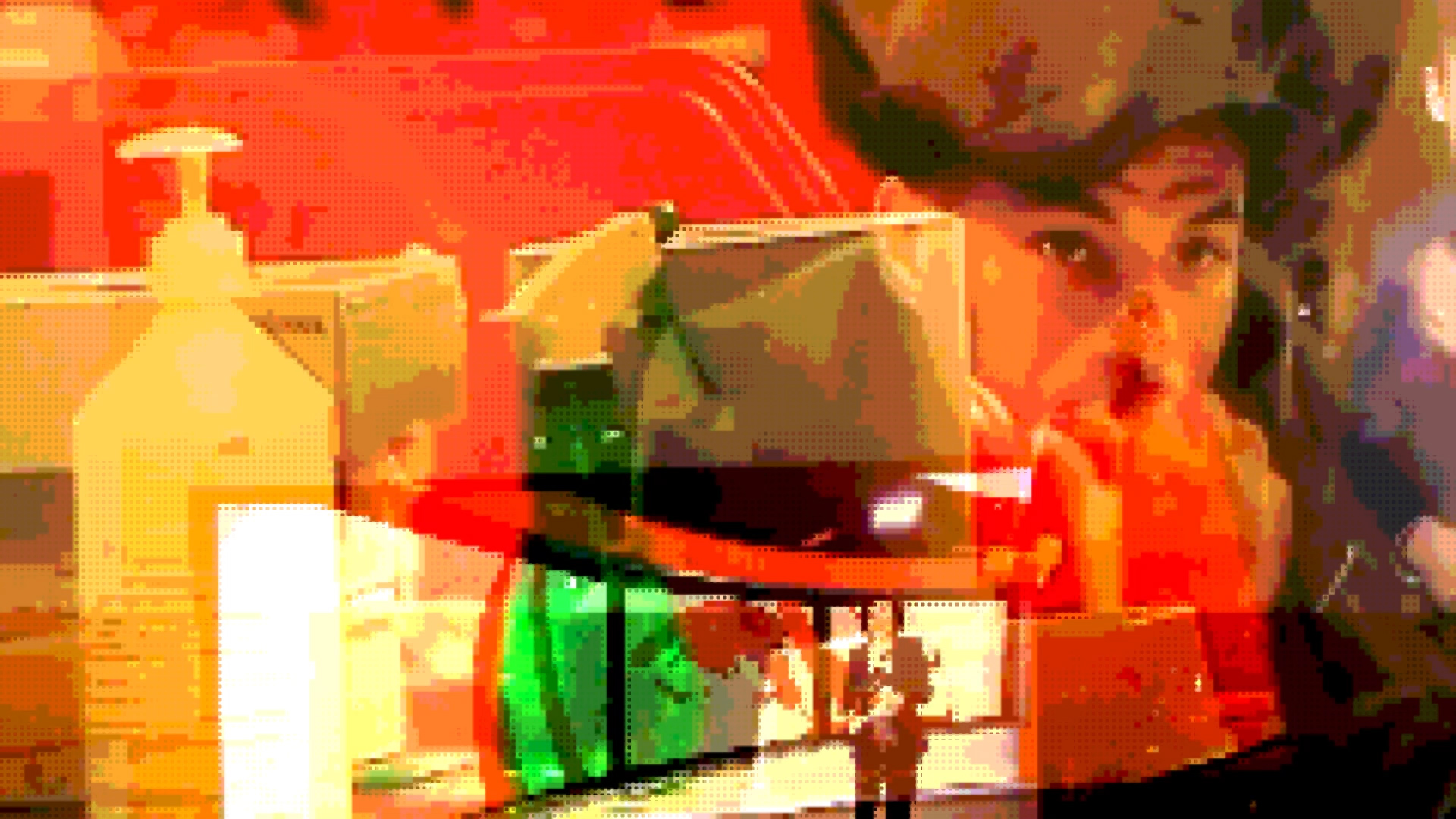This project continues the theme of Lockdown in Aldeburgh.
I wanted to capture the simultaneous bombardment of news information on the TV, becoming ever more alarming, but also very repetitive. And the mental disturbance this produced.
Glitches are uncontrolled or unexpected happenings in time. They are a feature of contemporary culture eg music movies. Technically they consist of a number of simple elements that can be generated and carefully controlled in a range of software, including Photoshop, Procreate, Premiere and After Effects:
- rapid frame breaks
- colour shifts
- displacement maps
- accompanying audio
But here I experiment with much more complex glitch effects in Creation Effects. These consist of multiple layers, each with multiple effects that are often generated with randomising code. For people with in-depth knowledge of After Effects, these can be controlled to produce an infinite number of specifically tailored glitches, tweaked on the timeline to give more or less precise effects for specific footage.
Here I just use the effect presets ‘out of the box’ to generate random outcomes, and some interesting still images that I would never have conceived of through planning.
TASK: As a starting point, research the work of Nikita Diakur, Silvia Kolbowski or Paul Sharits. Reflect on their creative approach, working process, tools and motivation.
Extend this research by developing your own generative system to create your own test animations. For example, by testing out these artists’ approach within your own work. Take the opportunity to explore and challenge what is creatively possible with your choice of animation software or identify and test ‘uncontrollable’ elements in your work.
“There should be some uncontrollable aspects of the work.”
Silvia Kolbowski, A conversation with Sylvia Kolbowski (2014)
“If you have two or three things moving in relationship to each other, lets say by chance, and they are cycling around, you can tell there’s going to be emergent effects that are going to happen.”
Bruce Jenkins on Paul Sharits, Out of the Dark (2009)
“Traditional computer animation is non-linear. The animator tweaks and adjusts everything by going back and forth between different states of the animation. Thus, he (sic) is in control of the outcome. When simulating, however, the animator gives up control by outsourcing several tasks to the computer. The computer executes these tasks based on calculations and outputs a linear simulation result. The animator interacts with the computer and is in control only to a certain degree. Animating like this feels like real-life filmmaking: Like a real actor, the computer follows the action set by the animator and produces results that are unexpected, realistic, broken and personal. Accordingly, the focus shifts from outcome to process. The animator is left with the challenge to find the right balance between staying in control and leaving room for randomness.
Animation in Ugly is a combination of puppeteering and dynamic computer simulation and varies between physically accurate and broken. The Ugly characters are ragdolls built from interconnected dynamic body parts. To enable the characters to interact with the environment, the body parts are fixed to animated controllers via simulated strings.”
Nikita Diakur on Ugly (2017) European Film Academy
The movie files were too large to upload to WordPress. For the different experiments see the page on my SMUGMUG website:

